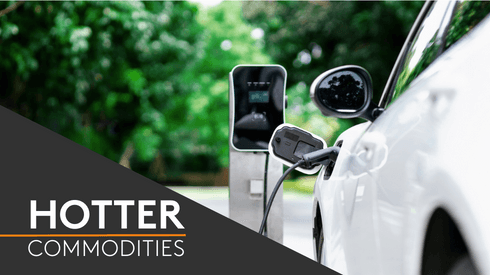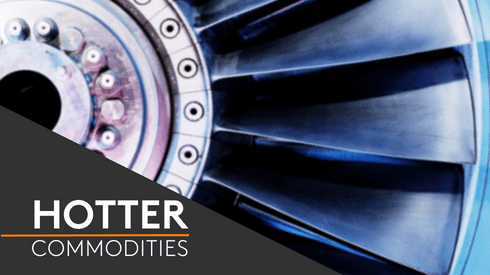The Council approved the regulation on Monday July 13 following the adoption of the revamping of the EU battery directive by members of European Parliament last month.
Following the ratification this week, the battery regulation will now be signed by the Council and the European Parliament before publication in the EU’s official journal – it enter into force 20 days after publishing, according to the EU.
Among the key changes introduced by the updated rules are formal targets on the recycling of batteries. The regulation sets targets for producers to collect waste portable batteries of 63% by the end of 2027 and 73% by the end of 2030.
It also introduces a bespoke collection objective for waste batteries for light means of transport, defined as wheeled vehicles that have an electric motor of less than 750 watts. Those targets are 51% by the end of 2028 and 61% by the end of 2031.
For lithium recovery from waste batteries, the target is set at 50% by the end of 2027 and 80% by the end of 2031.
Mandatory minimum levels of recycled content have also been introduced for industrial, rechargeable lead acid SLI batteries and electric vehicle (EV) batteries. These are initially set at 16% for cobalt, 85% for lead, 6% for lithium and 6% for nickel.
Towards greater EU recycling
The move towards greater battery recycling in the EU from a regulatory standpoint comes at a time of major investment in new facilities to recycle batteries in Europe, although many such units have been struggling to source enough scrap battery material to support their capacities.
A lack of EU processing capacity also means that much of the EU’s generated black mass – defined as shredded material from scrap batteries, including lithium, cobalt, nickel and copper– is exported to Asia and markets such as South Korea.
Fastmarkets’ assessments of the black mass, NCM/NCA, payable indicator, cobalt, cif South Korea, % payable Fastmarkets’ standard-grade cobalt price (low-end) and the black mass, NCM/NCA, payable indicator, nickel, cif South Korea, % payable LME nickel cash official price were both 73-80% on Wednesday, up by 3-5 percentage points from 70-75% previously.
Although greater processing capacity projects should organically raise demand for black mass in Europe, market observers believe regulations such as the revamped battery directive will increase the pressure to keep most of its black mass within the trade bloc.
“End-of-life batteries contain many valuable resources, and we must be able to reuse those critical raw materials instead of relying on third countries for supplies. The new rules will promote the competitiveness of European industry and ensure new batteries are sustainable and contribute to the green transition,” Teresa Ribera, Spain’s minister for ecological transition, said.
Although it is already challenging to move black mass between EU countries or to export the material due to a lack of visibility over information such as harmonized system (HS) codes, market participants have said they expect black mass to be eventually defined as a hazardous waste in the EU, which will make it much more difficult to export the material outside of the bloc.
Want more insights and forecasts for the battery recycling market?
Keep up to date with global market insights and predictions for the battery recycling market with the Fastmarkets NewGen Battery Recycling Outlook.






